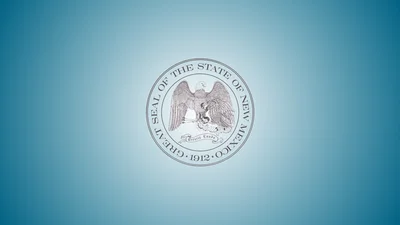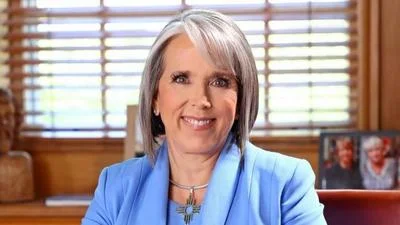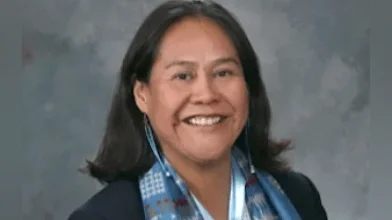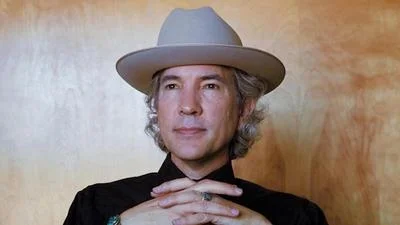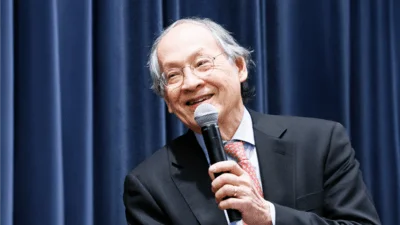Time machines exist. They’re called books. Books transmit the thoughts and cultures from the past and bring them to the present.
Since I was a child, I’ve loved books. I have fond memories growing up in New Mexico of my mother taking my brother, sister, and I to the library, now called the Tony Hillerman Public Library. There I’d pile up books to read, review, and revel in. I’d flip through the pages, marveling at the material, in awe that I had access to knowledge, an awareness that books are vehicles for voices of the past, present, and future (the visionaries). Books are becoming one of the great human inventions.
Forty-five years later, I’m still enamored by books.
Recently, I was able to sit in University of New Mexico professor, Dr. Timothy Graham’s, class. As a Cambridge-trained scholar, Dr. Graham’s specialty is in the paleography and codicology of Medieval manuscripts. As a book geek, I had Dr. Graham sign my copy of Introduction to Manuscript Studies, a three-part cornucopia of information regarding the production of manuscripts from the Middle Ages.
Then, in Texas I along with my wife and friends from Veritas International University, were able to listen to Research Fellow, Dr. Denis L. Salgado and COO Mark Gaither, discuss their work at The Center for the Study of New Testament Manuscripts (CSNTM). Dr. Salgado summarized his work as: “We go to the manuscripts, take photos, make them available through our website and then study the world’s greatest Biblical manuscripts.”
In his assessment of textual criticism, Dr. Salgado reminded us that when “scholars are able to compare different manuscripts, they can arrive at a firmer conclusion on textual renderings, giving us greater insight on meaning.”
Dr. Salgado and Gaither showed us a sampling of their work—from a recently photographed GA 744 (11th Century manuscript) at the National Library of Greece to John Mill’s 1707 version of his magnus opus Novum Testamentum Graecum, cum lectionibus variantibus MSS to a wonderful Greek manuscript with a great story, GA 2882 (Gospel of Luke). Dr. Salgado pointed out the texture of the pages on GA 2882 (the flesh versus hair-side of the parchment), noting the Eusebian cross-reference method used by the unknown scribe and artist.
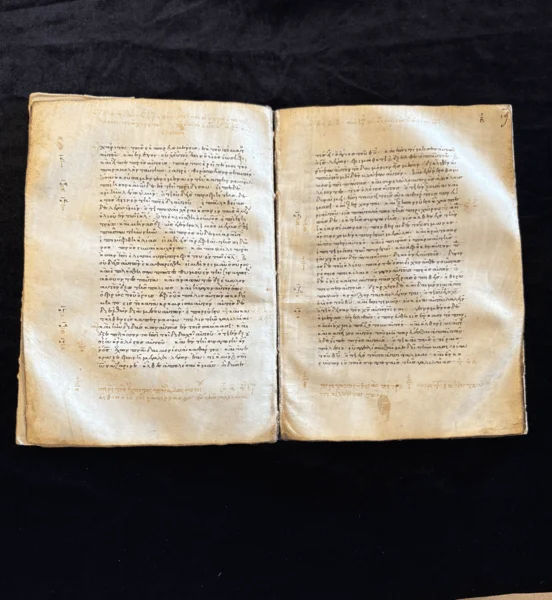 GA 2882 (Gospel of Luke). Photo: Brian C. Nixon, Courtesy of CSNTM
GA 2882 (Gospel of Luke). Photo: Brian C. Nixon, Courtesy of CSNTM
I hone-in on the art found on the first page: a hand holding a flowering object.
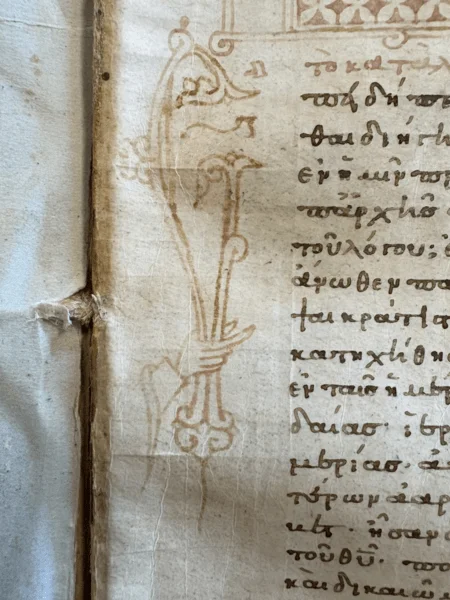 Close-up of title page of GA 2883. Photo: Brian C. Nixon, Courtesy of CSNTM
Close-up of title page of GA 2883. Photo: Brian C. Nixon, Courtesy of CSNTM
Mark Gaither showed us the equipment used to photograph the manuscripts, pointing out the attention to detail CSNTM provides, saying they yearn for precision and practicality, trying to make the process smooth and professional. When I asked about the process, he tells us a joke about how hard it is to get past the conservators.
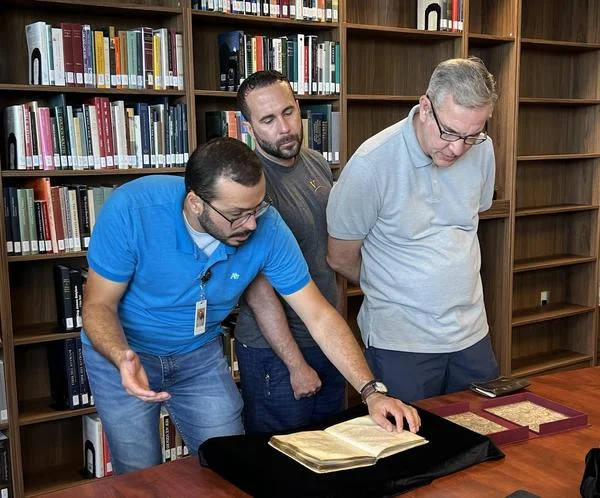 Dr. Salgado explaining GA 2883. Photo: Darryl Yorimitsu
Dr. Salgado explaining GA 2883. Photo: Darryl Yorimitsu
At the end of our two-hour tour, my mind goes back to the hand holding a flower. In a way, this is what Graham, Salgado, Gaither—and founder of CSNTM — Dr. Daniel Wallace—do: they help manuscripts flourish, to bloom for future generations, affording us to bask in the beauty and bounty of books.
To learn more about CSNTM, go to: http://www.csntm.org.
Brian C. Nixon, Ph.D., is Chief Academic Officer and professor at Veritas International University in Albuquerque. As a writer, musician, and artist, his interests surround the philosophical transcendentals: truth, beauty, and goodness. You can contact Brian via his Bandcamp email address: https://briancharlesnixon.bandcamp.com

